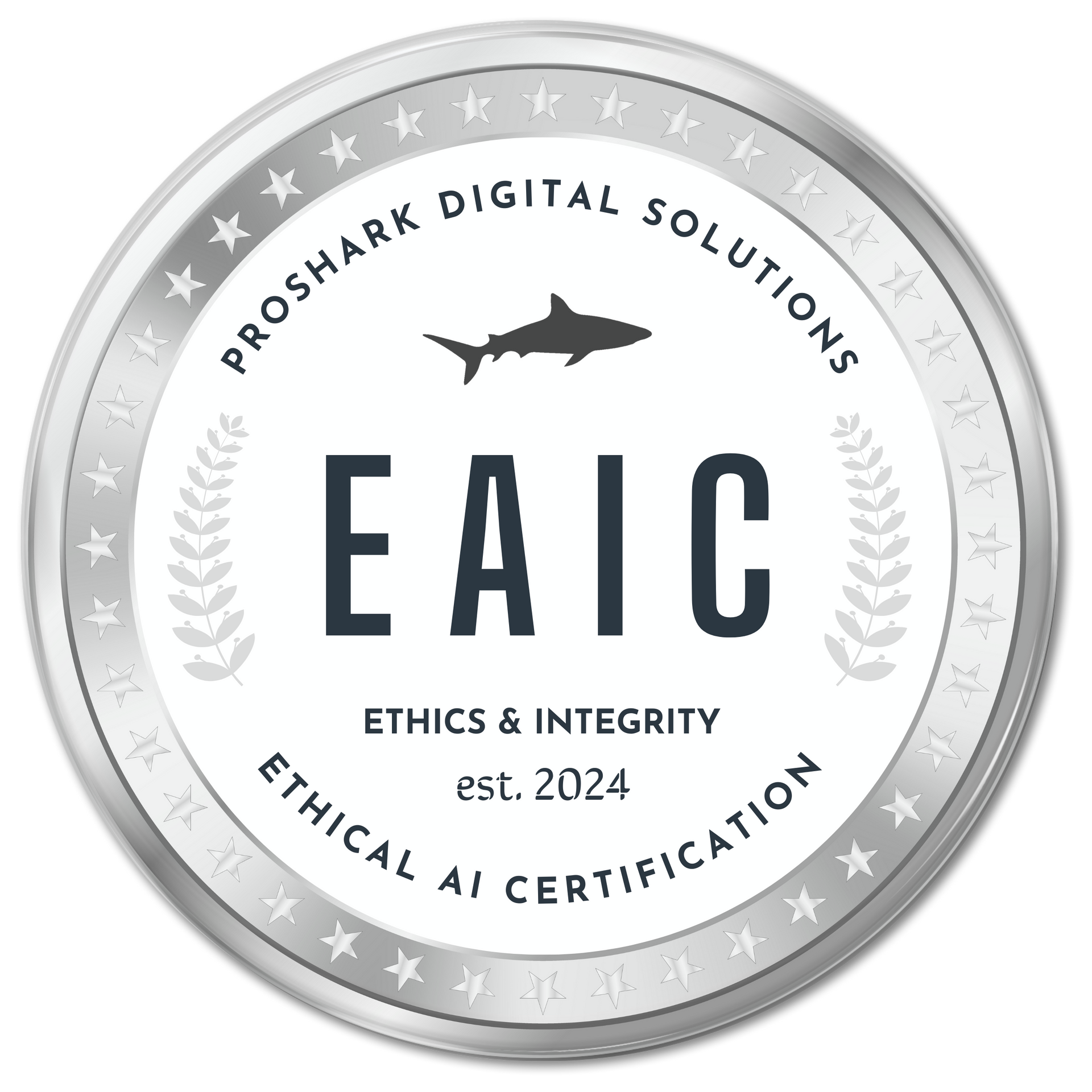The Psychology of Checkout: Why Customers Abandon Their Carts (And How to Fix It)
Understanding the Mind of an Online Shopper

E-commerce businesses face a frustrating challenge: cart abandonment. According to research, the average cart abandonment rate is around 70%, meaning a significant portion of shoppers add items to their cart but leave without making a purchase.
Why does this happen? The answer isn’t always rational. Human psychology plays a huge role in why shoppers hesitate, get distracted, or change their minds at the last second.
To improve checkout conversion rates, businesses need to understand the psychological triggers behind cart abandonment and implement strategies to keep customers engaged all the way through checkout.
In this blog, we’ll break down:
- The top psychological reasons for cart abandonment
- How emotions and cognitive biases influence online purchases
- Proven strategies to create a seamless checkout experience
Let’s dive into the psychology of checkout and how to fix the friction points that stop people from hitting “Buy Now.”
Why Do Customers Abandon Their Carts?
Shoppers don’t just leave their carts for one reason—there are multiple psychological and practical factors at play. Here are the most common ones:
1. Sticker Shock: Unexpected Costs Kill Conversions
One of the biggest deal-breakers in online shopping is unexpected costs at checkout—whether it’s high shipping fees, taxes, or hidden charges.
Psychological Factor: People hate feeling deceived. When they see an initial price and then get a surprise fee, they experience negative emotions like distrust or frustration. This can trigger the loss aversion bias, where people react more strongly to perceived losses (extra costs) than they do to gains (purchasing the product).
Fix: Be upfront about costs. Show estimated taxes and shipping fees before checkout. Offer free shipping if possible or incentivize customers with discounts at checkout.
2. Too Many Steps: Decision Fatigue Kicks In
A complicated checkout process is another major reason for cart abandonment. If a customer has to create an account, enter excessive details, or go through multiple screens, they may decide it’s not worth the effort.
Psychological Factor: Humans experience decision fatigue when faced with too many choices or actions. The more effort required, the more likely they are to give up.
Fix: Simplify the checkout process. Offer guest checkout, use autofill features, and reduce the number of steps to complete a purchase.
3. The Need for Instant Gratification
Online shoppers expect fast and frictionless experiences. If they perceive the checkout process as slow or inefficient, they may leave before completing the purchase.
Psychological Factor: The need for instant gratification is stronger than ever. Delays, slow-loading pages, or unclear navigation can disrupt the dopamine-driven experience of online shopping.
Fix: Optimize page speed, provide multiple payment options (including one-click payments like Apple Pay or Google Pay), and ensure your checkout page is mobile-friendly.
4. Lack of Trust & Security Concerns
Many shoppers abandon their carts because they don’t feel confident in the site’s security. If they don’t recognize your brand or see security assurances, they hesitate.
Psychological Factor: The trust gap is real. People are skeptical of giving personal and payment information online, especially to unfamiliar sites.
Fix: Display trust signals like SSL certificates, secure payment icons, and customer reviews. Reinforce safety with refund guarantees and transparent return policies.
5. The Distraction Factor: “I’ll Come Back Later”
Customers frequently get distracted—whether by an incoming message, another website, or simply second thoughts. The lack of urgency makes them feel like they can return later, but most never do.
Psychological Factor: The Zeigarnik Effect states that people tend to remember unfinished tasks more than completed ones. However, if there’s no urgency, they may forget altogether.
Fix: Use email reminders, limited-time discounts, and exit-intent pop-ups to nudge them back into action.
How to Fix Cart Abandonment & Optimize Checkout
Now that we understand why customers abandon their carts, let’s explore how to fix it with psychology-backed strategies.
1. Make Pricing & Fees Transparent
- Show total costs (including shipping and taxes) early in the checkout process.
- Offer free shipping thresholds (e.g., “Spend $50 for free shipping”).
- Provide a breakdown of costs so customers feel in control.
2. Optimize for Speed & Simplicity
- Allow guest checkout to reduce barriers.
- Minimize form fields—only ask for essential information.
- Implement autofill and saved payment details for returning customers.
- Use progress indicators (e.g., “Step 1 of 2”) to show checkout completion is near.
3. Build Trust & Credibility
- Display trust badges and security icons near payment fields.
- Showcase customer reviews, testimonials, and money-back guarantees.
- Offer clear return policies and FAQs to address concerns.
4. Reduce Distractions & Increase Urgency
- Use scarcity tactics like “Only 3 left in stock” or “Limited-time discount ends soon.”
- Implement cart abandonment emails with a friendly reminder or small discount.
- Add exit-intent pop-ups offering a last-minute incentive to stay.
5. Use Behavioral Triggers to Re-Engage Customers
- Cart Abandonment Emails: Send automated reminders with personalized messaging.
- Retargeting Ads: Show dynamic product ads on social media and Google to remind shoppers of their unfinished purchase.
- Social Proof Notifications: Display real-time messages like “John from New York just bought this item!” to reinforce urgency and trust.
The Future of Checkout Psychology
E-commerce is evolving, and so are customer expectations. Here’s what’s next in checkout psychology and optimization:
- One-Click Payments: Platforms like Amazon have set the standard for seamless purchases. Expect more e-commerce stores to integrate one-click checkout solutions.
- AI-Powered Personalization: Predictive analytics will help businesses offer tailored incentives at checkout.
- Voice & Mobile Commerce: More people are shopping via smart assistants and mobile apps, requiring checkout processes to adapt for conversational and mobile-friendly interfaces.
Conclusion: Small Changes, Big Impact
Cart abandonment is a challenge—but also a huge opportunity. By understanding the psychology behind why customers hesitate and making small yet strategic changes, businesses can dramatically increase conversion rates and revenue.
Key Takeaways: Unexpected fees and complex checkouts drive customers away—transparency and simplicity are key.
- Decision fatigue and distractions can cause hesitation—create urgency and minimize steps.
- Trust signals and security assurances help customers feel confident in their purchase.
- Behavioral triggers like email reminders and retargeting ads bring customers back.
- Your checkout process isn’t just a transaction—it’s the final step in your customer’s journey. Make it seamless, and you’ll turn more visitors into loyal buyers.







